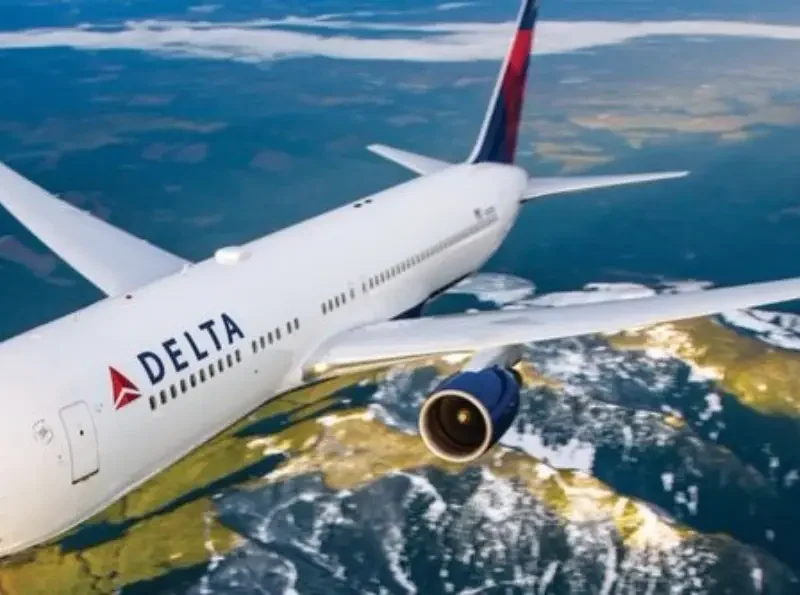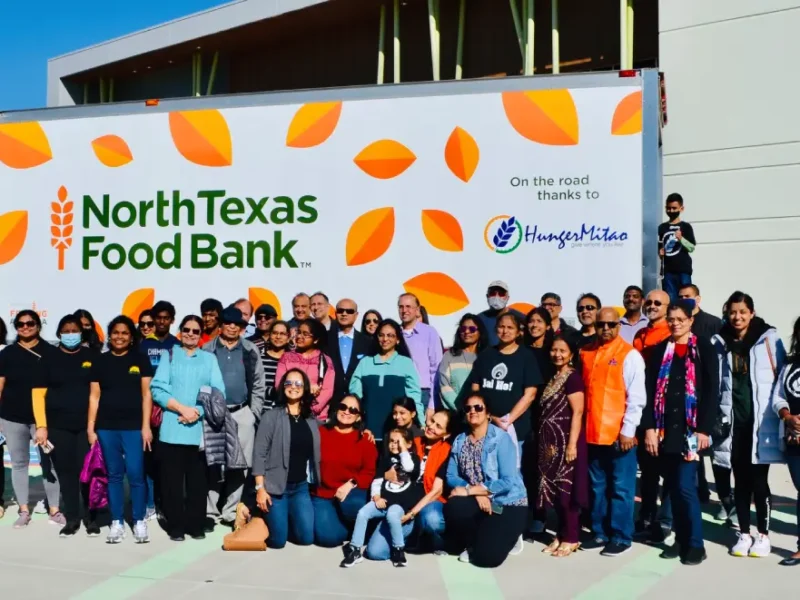
Teen Debuts AI Tool To Detect Satellite Deepfakes At World’s Largest GIS Conference
India-West Staff Reporter
SAN DIEGO, CA – Vaishnav Anand, a 16-year-old student from Danville’s Athenian School, recently earned attention for his research on using artificial intelligence to detect manipulated satellite images, a rising threat known as “geospatial deepfakes.”
Anand, a rising junior, presented his findings at the 2025 ESRI International User Conference, the world’s largest event for Geographic Information Systems (GIS), drawing more than 20,000 professionals, scientists, and researchers from across the globe. His project, which focuses on the intersection of AI, mapping, and cybersecurity, explores how falsified satellite data can be flagged to prevent misuse in areas like disaster response, agriculture, national defense, and public health.
“Deepfakes are no longer limited to videos or social media—they’re beginning to affect geospatial data too,” Anand explained. “This project combines AI and cybersecurity to help detect falsified satellite imagery that could lead to serious real-world consequences.”

A highlight of the conference came when Jack Dangermond, the founder and president of ESRI and one of the world’s most respected GIS pioneers, visited Anand’s exhibit booth. Dangermond spent several minutes discussing the project with the teen, expressing strong interest in how artificial intelligence could play a role in protecting the integrity of satellite imagery.
Anand’s work is part of his role on the National 4-H Geospatial Leadership Team, where he represents California. The team is supported by organizations including ESRI, Google, UC San Diego, North Carolina State University, the USDA, and the National Institute of Food and Agriculture. His research reflects growing concerns among scientists and governments about the weaponization of false data in critical infrastructure and planning.
Peers and educators praised Anand’s ability to break down complex AI models and cybersecurity threats for a professional audience. At just 16, he stood alongside PhDs and engineers, sharing insights that experts say could shape how nations safeguard digital maps and satellite information in the years ahead.



